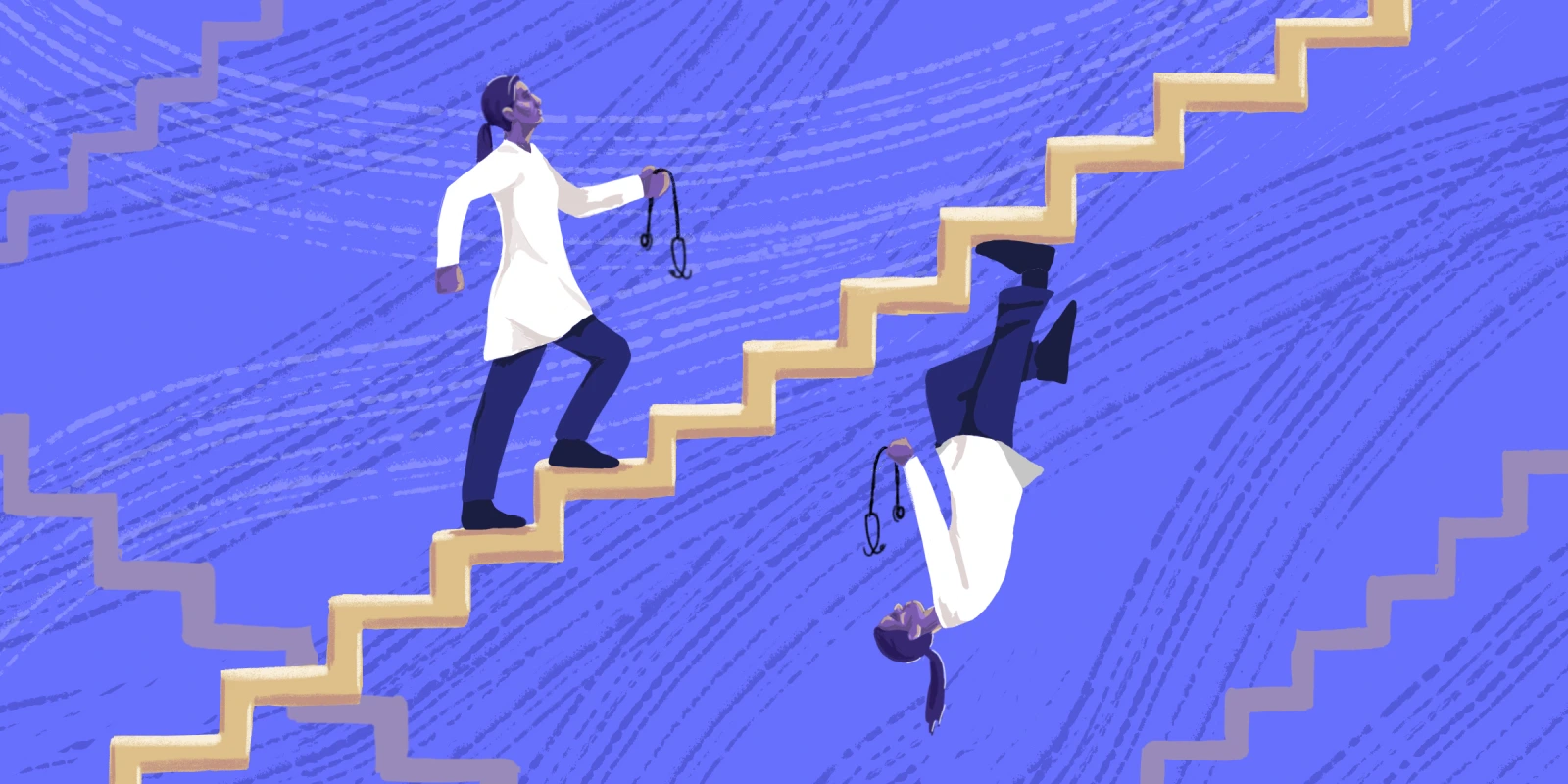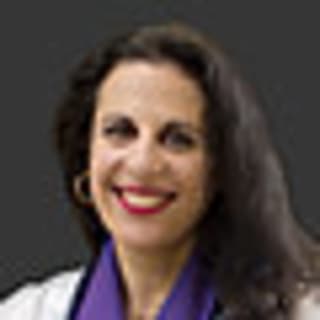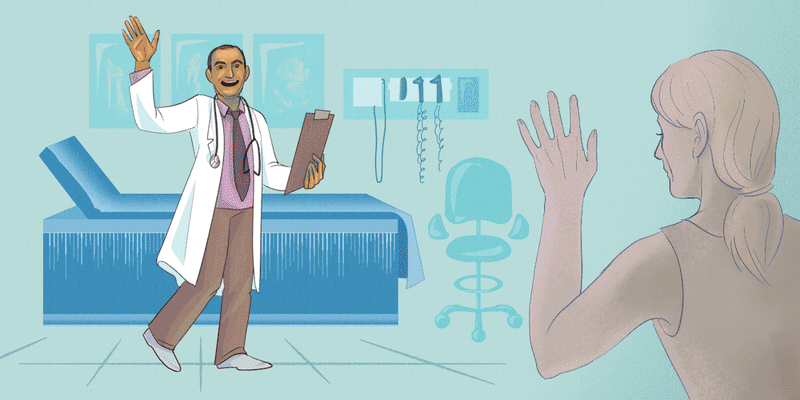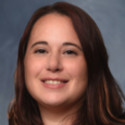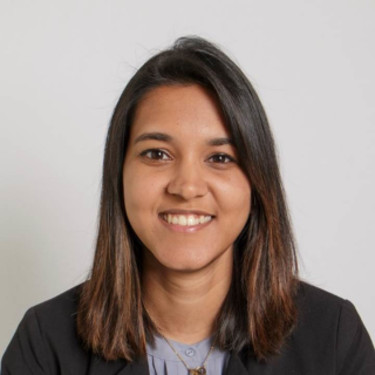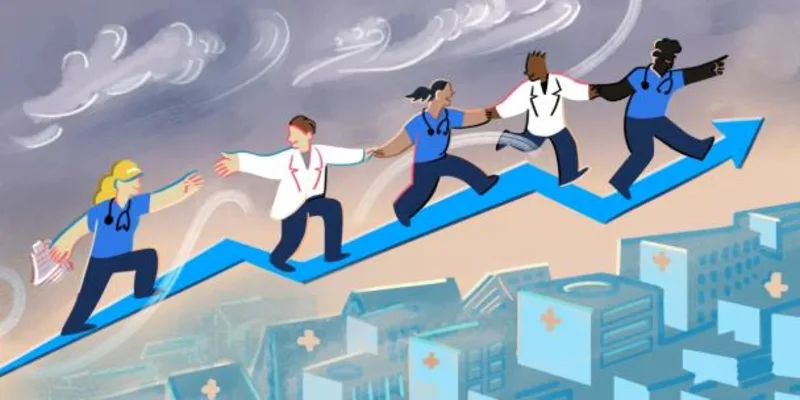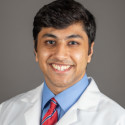Out of nowhere, a familiar name appears, standing out amid the impersonal work emails.
“Hi, Dr. Bandak. It's been a while, but I still think of you often. I was so lucky to have you for the short time I did. I just wanted to let you know I haven't forgotten you — never will.”
I remember Sandra well, but I can’t imagine why she would write this. I hadn't helped her through a medical crisis or made a clever diagnosis. When I left the practice several years before, we hadn't even found the right medication combination to manage her high blood pressure.
“What an incredibly kind email,” I reply. “I wish I knew what I did to deserve it.”
Sandra’s reply comes the following day. “Thank you for your kind note. I know you will continue to be the wonderful doctor that you are. Nothing means more to patients than not being rushed through visits with their doctor and listening.”
I pause at her reply, perplexed. Had I listened to her? If I had, it must have been a good day. And that is what had earned her affection and gratitude — forever? Listening?
When I was an employed primary care physician, I was always busy trying to hold on to the vestiges of meaningful doctoring while the tsunami of metrics eroded relationship-based partnerships and transformed them into a morass of disconnected, impersonal transactions. I had tried to protect my time with patients by charting before visits and after. Still, I far too often felt the pull of the electronic chart, with its flags and colors entreating me to click one more box. Just complete one more task. Click. Look up one more lab. Click. Click. Enter one more order. Click, click, click. Until you realize that the person sitting in front of you is still talking, and you didn’t really hear what she just said. Listening wasn’t the work. It was what you did between the work. When did we decide clicks hold more meaning than words?
We blame doctors for not listening. We blame patients for not expressing themselves in ways amenable to being heard. The sad reality is that none of us routinely listens to each other. Not because we don’t want to, but because the structure of our medical system, hierarchical, action-oriented, and measurement-driven as it is, does not leave space for clinicians to easily listen to patients in the way that patients need, nor does it allow administrators, clinicians, and staff to communicate meaningfully with each other. It isn’t that listening doesn’t happen — of course it does. But it happens despite our system, not because of it.
Is it a wonder that in the absence of spaces to listen and connect, primary care is failing, clinicians are burnt out, and patients feel excluded, insulted, or even harmed? Isn’t this the natural outcome of any system that is product-driven instead of person-oriented? A system that has made it logistically simpler to arrange an organ transplant than to find the time, place, and mental and emotional capacity to look at the person in front of you and “just” listen.
The fundamental structural flaw of our medical system is that mandates, policies, and procedural requirements have paved over the avenues and arenas for listening and connecting.
We need our avenues and arenas back. Not just because these spaces are necessary to understand our problems better and collaborate meaningfully to resolve them, but also because, in the absence of these spaces, we risk becoming as product-driven as the system we inhabit.
In urban centers worldwide, green spaces are created to protect nature and the environment and promote their communities’ well-being. So, too, must we create similar spaces within our medical system: spaces where listening and connecting are protected and cultivated. Only by creating such spaces can we transform our system from mechanisms that build and produce to spaces where the work of being human is enacted to its fullest potential.
The idea that protected time is needed to optimize care and communication isn’t novel. It is already used in ORs in surgical “time outs,” where the entire OR team stops what they’re doing to review a safety checklist. This is seen as legitimate and essential to providing good, safe care.
But what do we do when optimizing care requires not checklists, but the absence of checklists? What we need in exam rooms and meeting rooms are “time-ins”: time when the purpose isn't task completion, action, or reaction, but time to be in the present, in the moment, with your full attention focused on the person in front of you. Time when those with more power are given license to listen and learn, instead of feeling compelled to direct and dictate.
“Time-ins” won't be created by default. We must build them into our system with the commitment and intentionality we use to implement any innovation. Time must be protected, spaces must be private and shielded from interruption, and the never-ending litany of tasks needs to be suspended, deferred, or delegated. Most importantly, we, as human beings, need to be emotionally and mentally present. This isn’t a tall order. We are capable of doing this. The times we feel whole, integrated, and centered are also the times we feel most connected. Why deprive ourselves, as patients, clinicians, staff, and administrators, of the single intervention that happens to help us all?
I think about all the times I wasn’t “in” with a patient, a colleague, or an administrator. All those missed opportunities — not just for them, but for me. All the times I could have felt fulfilled, but didn’t. All I could have learned but hadn’t. And I imagine what a medical care system would look like if, like the window signs in the local GP clinics years ago, a patient seeks help and knows that “The doctor is (indeed) in.”
When’s the last time you felt “in” with a patient? Share in the comments.
Dr. Tania Bandak, MD, MPH, is a primary care physician based in Chestnut Hill, MA. She completed an ob/gyn internship at UMass Chan- Baystate and her residency in family medicine at Kent Hospital/Brown University after graduating from Tufts University School of Medicine in 1994.
Names have been changed to protect patient privacy.
Illustration by Diana Connolly
